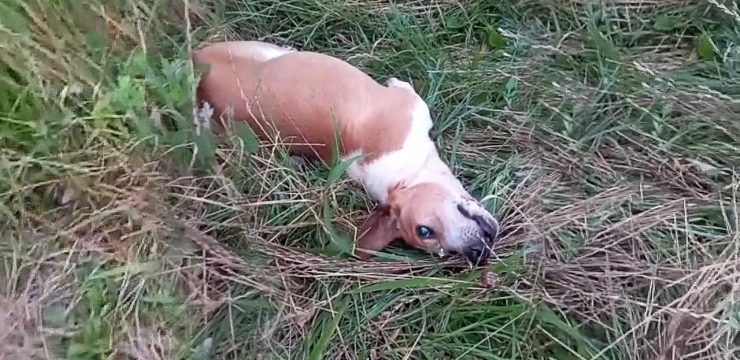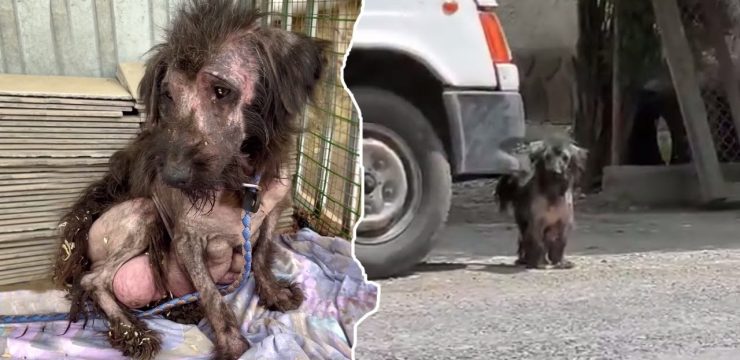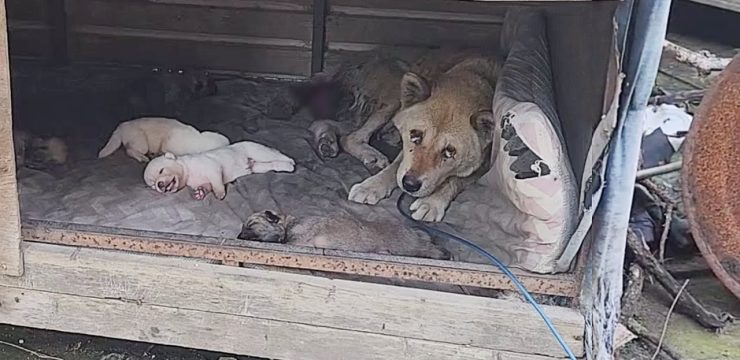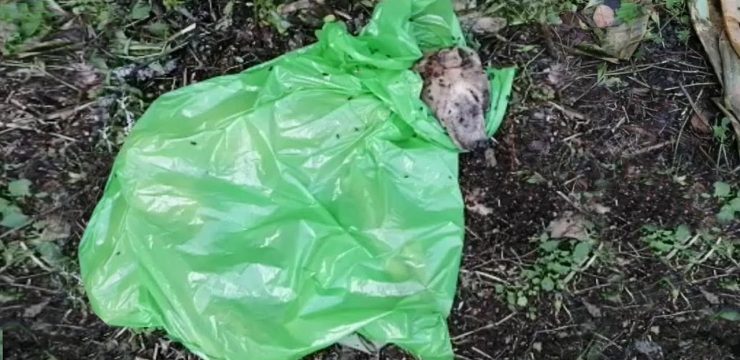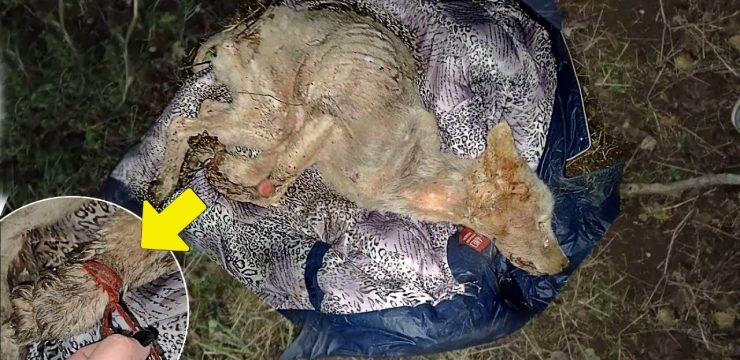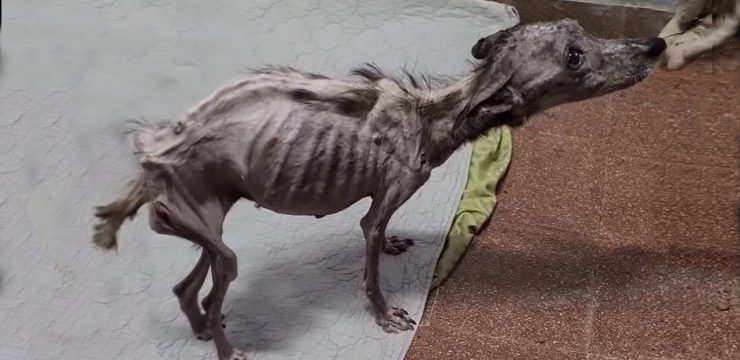If you’ve ever cooked chicken and noticed a white, jelly-like substance oozing out, you’re not alone. While it might look unappetizing, this strange goo is actually a natural reaction that occurs when chicken is cooked. It’s not a sign that something is wrong with your food—in fact, it’s just a mixture of protein and water that has separated due to heat.
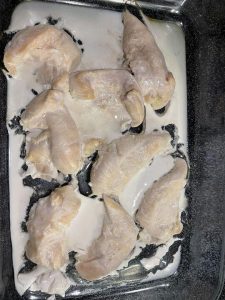
You pull a perfectly seasoned chicken breast from the oven, expecting a juicy, golden-brown masterpiece. But instead of a flawless finish, you see an odd white liquid pooling on the surface. It almost looks like your chicken is melting. It’s an unpleasant surprise, but don’t panic—this phenomenon happens to home cooks and professional chefs alike. According to personal chef and culinary instructor Drew Curlett, this is a normal occurrence, especially when chicken is baked or roasted.
“It might not be pretty, but it’s pretty normal to see white stuff come out of chicken, especially when using dry heat methods,” Curlett told Reader’s Digest.
What Exactly Is the White Goo?
Despite its off-putting appearance, the white substance oozing from chicken is nothing to be concerned about. It’s simply a combination of denatured protein and water. When chicken is exposed to high temperatures, the heat changes the structure of its proteins, causing them to contract and release moisture. This reaction is similar to what happens when you cook an egg—just as egg whites turn solid and opaque under heat, the proteins in chicken react in a similar way.
Chicken meat, particularly the breast, is packed with protein. During cooking, the proteins break down and clump together, forming the semi-solid white substance you see on the surface. Because chicken breast is leaner than other cuts, it has less fat to help retain moisture, which is why this reaction is most noticeable when cooking boneless, skinless chicken breasts.
This process can’t be reversed, just like you can’t turn a cooked egg back into a raw one. Once the proteins change structure due to heat, the white goo becomes an inevitable byproduct.
When Is This Most Likely to Happen?
While this phenomenon can occur with any cut of chicken, certain cooking methods and conditions make it more noticeable. You’re most likely to see this white goo when:
-
Cooking boneless, skinless chicken breasts
Because these cuts are high in protein and low in fat, they tend to lose more moisture during cooking. Without skin or fat to act as a barrier, protein leakage is more pronounced. -
Using high-heat cooking methods
Cooking at high temperatures—whether roasting, baking, grilling, or pan-searing—can cause proteins to contract rapidly, forcing out moisture and forming the white substance. A slower cooking process can help minimize this effect. -
Cooking frozen or partially thawed chicken
Freezing damages the muscle fibers in chicken, creating tiny ice crystals that break down the meat’s structure. When thawed, these weakened fibers release more moisture and proteins during cooking, leading to increased white goo. Ensuring chicken is fully thawed before cooking can help reduce this effect.
Is the White Goo Safe to Eat?
Yes! While it may not look very appetizing, the white substance is completely safe to eat. It’s just water and protein that have separated due to heat. This doesn’t affect the taste, texture, or safety of your chicken.
However, if your chicken has other signs of spoilage—such as an unusual smell, slimy texture, or discoloration before cooking—you should discard it. The presence of the white substance alone is not an indicator that something is wrong with your chicken.
How to Reduce the White Goo in Cooked Chicken
Although the white goo is natural and harmless, it can make your chicken look less appealing. If you’d rather minimize its appearance, here are some simple ways to do so:
-
Cook at a lower temperature
High heat accelerates the coagulation process, making the white goo more noticeable. Instead of cooking chicken at 400°F (205°C), try lowering the temperature to 350°F (175°C) and cooking for a slightly longer period. This more gradual cooking process reduces rapid protein contraction and minimizes excess moisture loss. -
Brine your chicken
Soaking your chicken in a simple saltwater solution for 30 minutes to an hour before cooking can help retain moisture and reduce protein loss. The saltwater enhances the meat’s ability to hold onto its natural juices, reducing the amount of white goo that appears during cooking. -
Sear before baking
Searing chicken in a hot pan before transferring it to the oven helps lock in juices and can reduce the amount of protein that leaks out. This quick browning process creates a barrier that keeps moisture inside the meat. -
Let the chicken rest
Allowing chicken to rest for 5–10 minutes after cooking helps redistribute its juices. If you cut into the chicken too soon, the juices rush out, which can contribute to the formation of the white substance. Letting it sit allows the proteins to reabsorb some of the moisture. -
Avoid cooking cold chicken
If you take chicken straight from the fridge and put it directly into a hot pan or oven, it’s more likely to release excess protein. Letting the chicken sit at room temperature for 15–20 minutes before cooking can help it cook more evenly and reduce protein leakage. -
Use higher-quality chicken
Factory-farmed chicken tends to contain more retained water due to processing methods, which can make the white goo more pronounced. Opting for organic, air-chilled, or pasture-raised chicken, which contains less excess moisture, may help reduce this effect.
The Bottom Line
While it might look strange, the white substance that appears when cooking chicken is completely normal and safe to eat. It’s simply a mix of protein and water that separates due to heat, much like the way egg whites solidify when cooked. Though it doesn’t affect the taste or texture of your meal, there are ways to reduce its appearance by adjusting your cooking methods.
By cooking at lower temperatures, brining your chicken, and allowing it to rest after cooking, you can minimize the presence of this white goo. However, unless you cook low and slow, some protein leakage is inevitable.
So, the next time you see this white substance on your chicken, don’t be alarmed. It’s just a natural reaction to heat, and it’s perfectly safe to eat. Now that you understand what it is and why it happens, you can confidently prepare your chicken without worrying about this harmless culinary quirk.
